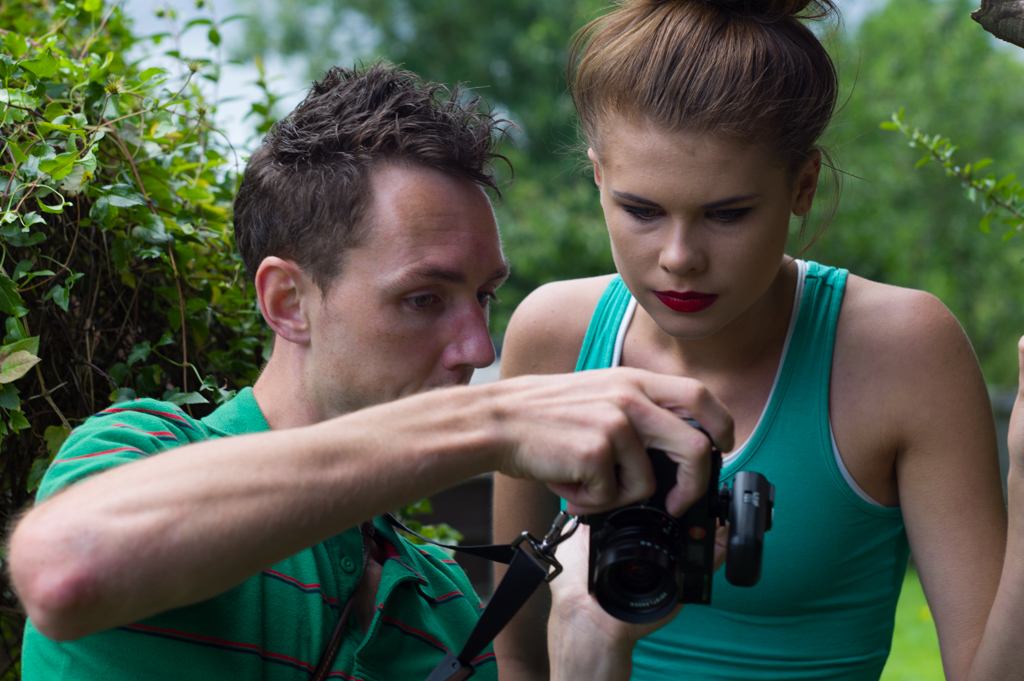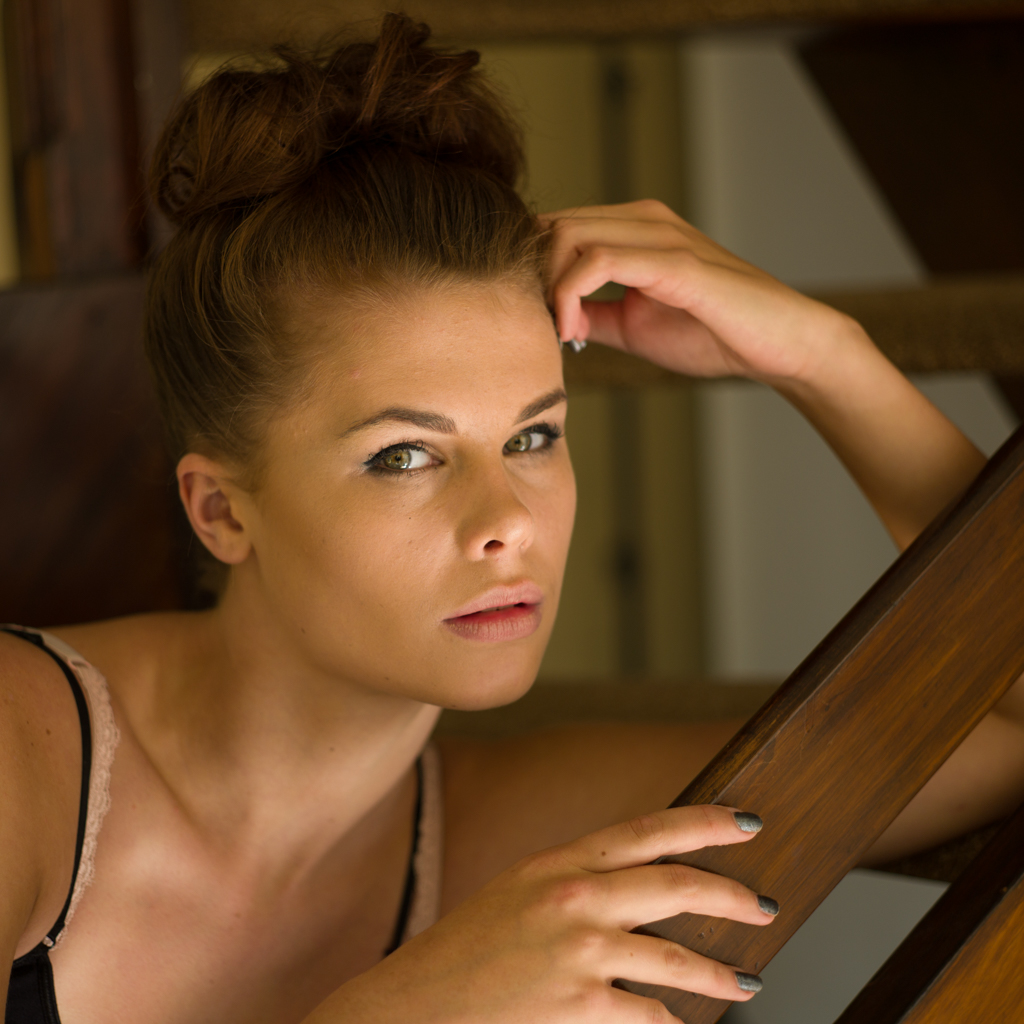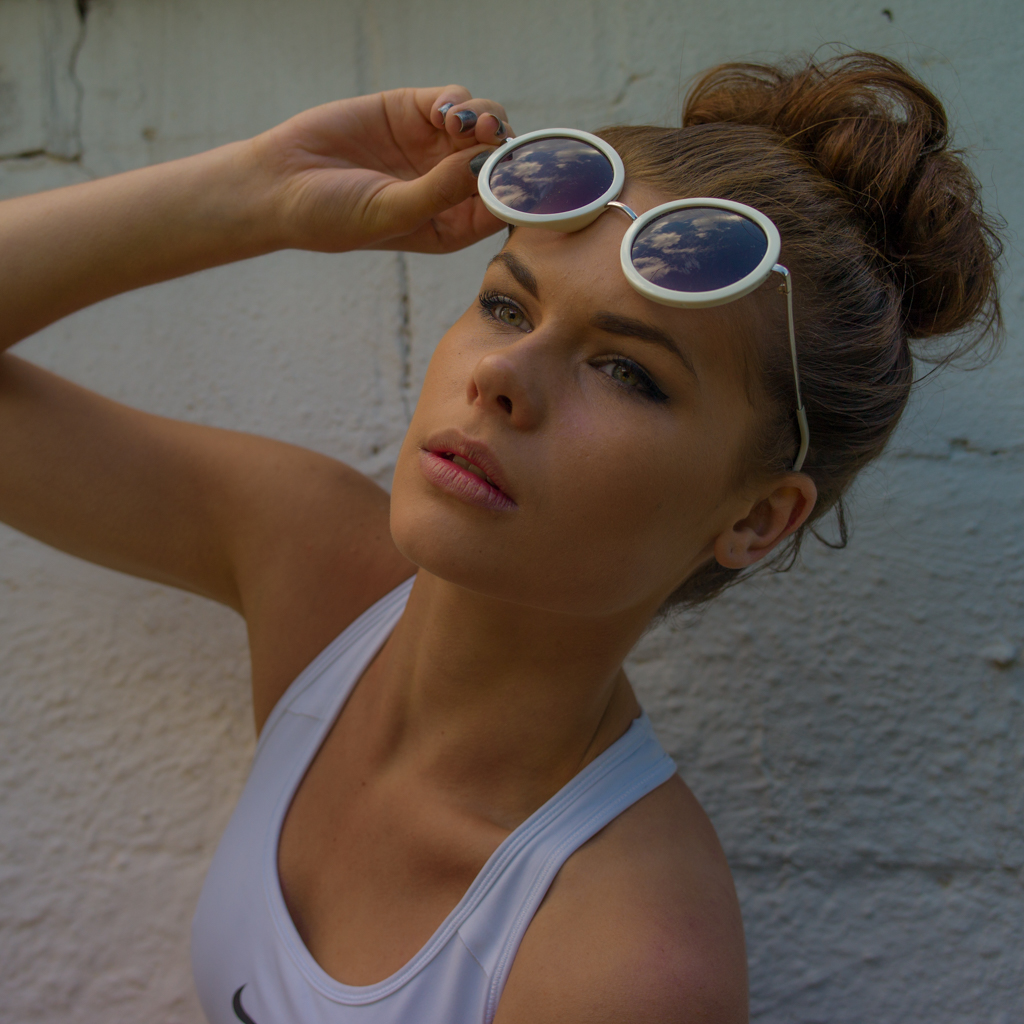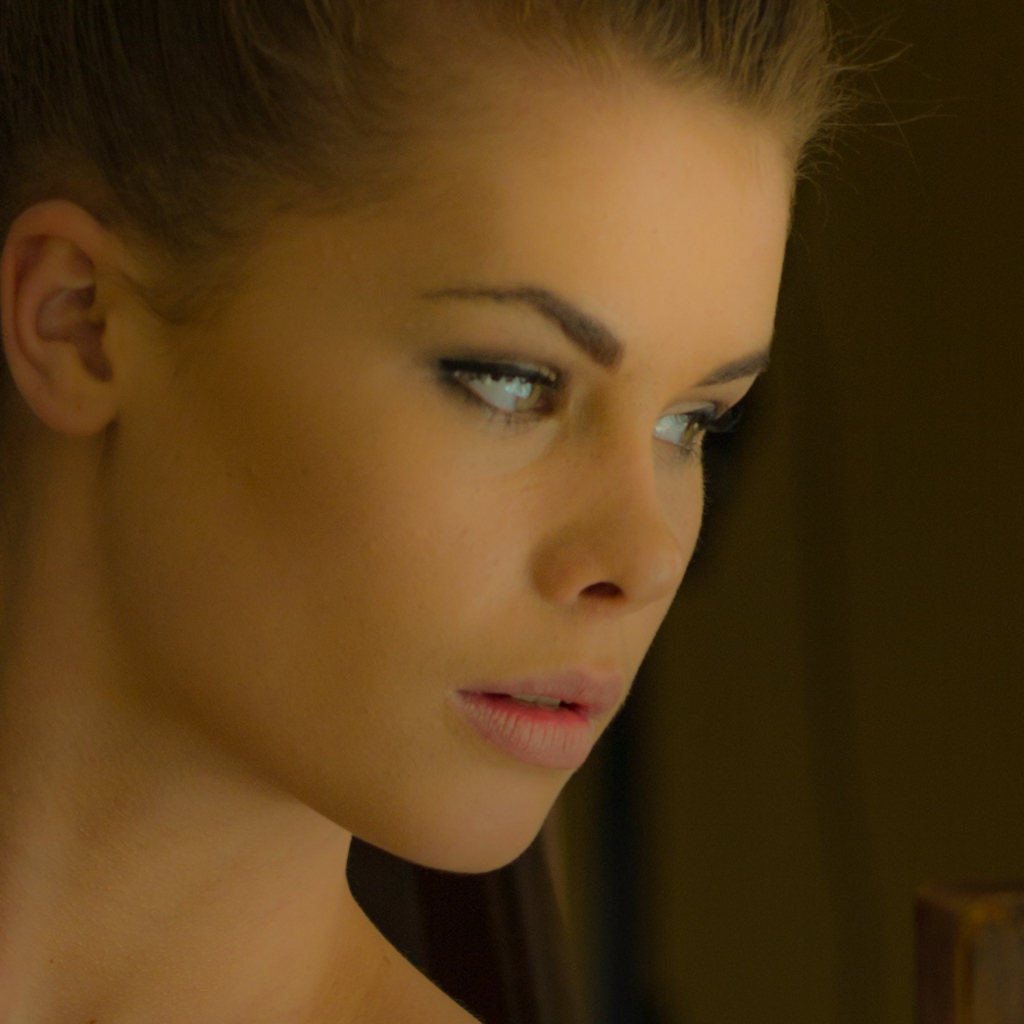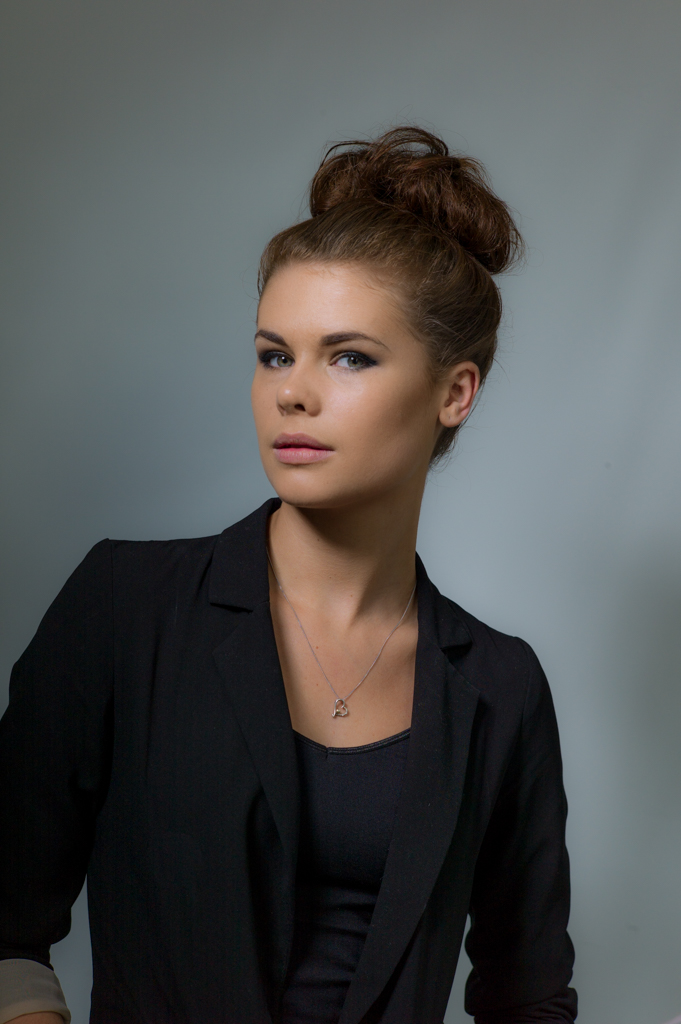Finding Clarity
writer: russell j.t. dyer; posted: aug 2014; revised: mar 2018
Zeiss Ikon & Leica M9 Cameras
A few years ago I discovered rangefinder cameras and lenses. They use a different method of focusing manually. They’re difficult to use at first, but once I learned it, I found it smoother and nicer. The cameras are generally smaller and the lenses are much smaller. I bought a Zeiss Ikon film camera, which uses M-mount bayonet lenses, and Zeiss lenses to go with it. In time, I started accumulating Leica lenses. Last summer I bought a Leica M8.2 digital camera. To learn how to use it better, I did a daily photo project in which each day I went out and took thirty-six photos of people on the street. I would select the best photo of each day and post it on my site. That was a good exercise to learn well the camera and my standard lens. I mention this project to indicate that I have a method of intensive learning and practicing at times.
The Leica M8.2 is a nice camera, but the Leica M9 is a much better. It has a higher resolution sensor, and uses a full frame sensor — a sensor that’s about the same size as a frame of 35mm film. It allows for higher ISO (i.e., light sensitivity) settings without getting grainy. In March, I sold the Leica M8.2 and used my tax refund to pay the remainder of the cost of buying a Leica M9 camera. I still have the Zeiss Ikon film camera and one Zeiss lens, although it and the Leica lenses I have work with both cameras.
I enjoy my new line-up of cameras and lenses. They take spectacular photos and they’re much nicer to use. Plus, taking the Leica camera and one lens with me on vacation — I usually use only one on a trip — takes up much less space and are lighter than my previous DSLR camera with one lens. The fact that they look very cool is a nice perk. The problem for me, though, has been using the rangefinder cameras for studio photography. Without automatic focusing, they have been difficult to use with models, particularly photographing people who are not professional models: my main problem is with focusing sharply. I’ve tried to work through my difficulties, but have been unable to resolve them. It’s frustrating to have such expensive and high quality photography equipment and take blurry photos. It’s embarrassing to photograph a woman who can take better pictures of me with her iPhone.
A few months ago I met a professional photographer on the web who lives in Coventry, England and uses the Leica M9 camera and Leica lenses for fashion photography and weddings. His name is Matthew Osbone (see photo of him on right). He photographs very well, specializing in fashion photography and weddings, using the same equipment I own. In looking at his site, I discovered that he teaches occasionally workshops in London. So I asked him if he would be willing to spend a day helping me to improve my skills in using my cameras and lenses in a studio setting. He agreed to do so for a small fee. Since I had to go to London for a few days for work, I scheduled one day to go to his studio. Below are some of the photos I took during this private lesson.
The instructor hired a young model from the area. Her name is Gina Underhill. She is still new to modeling, but seems to take to it, naturally. If you click on a photo of her, it will show you a larger version.
Studio Shots of Gina Underhill, Model
Leica M9 & Leica Elmarit-M 90mm f/2.8
Aperture: f/8; Shutter: 1/180; ISO: 160
Leica M9 & Leica Summicron-M 50mm
Aperture: f/2.8; Shutter: 1/60; ISO: 160
Leica M9 & Leica Summicron-M 50mm
Aperture: f/2.8; Shutter: 1/180; ISO: 160
Before the model arrived, Matthew gave me many suggestions of subtle things I was doing wrong. He gave me advice about holding the camera differently, adjusting the lens more smoothly, where to focus on the model, etc. He also gave me suggestions on how to configure the Leica M9 for portrait photography. He went through exposure settings and positioning and use of the studio lights, as well as working with natural lighting. He’s very knowledgable and extremely helpful. He identified quickly my flaws and corrected me in a non-offensive way. I recommend him highly for private lessons. I’m sure his workshops are equally informative and helpful.
When the model arrived, we went through a series of different types of settings: we switched around the studio lights, used different reflectors and defusers, as well as several lenses and filters. I worked primarily with my lenses, but he had me try a couple of his lenses that I don’t have. I resisted that because it’s liable to lead to me wanting to buy more Leica lenses, which are not cheap. I’m content with the three I have, plus the one Zeiss lens. But I have to say, the Leica Summicron APO (apochromatically corrected) 75mm f/2 lens is sweet. You can see a couple of photos that I took with this lens. The color is marvelous, as well as the clarity. That may be mostly because of the APO. If so, that’s even more troublesome for me, because it means I will want to replace all of my lenses with APO versions of them.
Studio Shots of Gina Underhill, Model
Leica M9 & Leica Summicron-M 50mm
Aperture: f/2.8; Shutter: 1/180; ISO: 160
Leica M9 & Leica Summicron-M 50mm
Aperture: f/6.7; Shutter: 1/180; ISO: 160
Leica M9 & Leica APO Summicron-M 75mm f/2
Aperture: f/6.7; Shutter: 1/90; ISO: 160
We photographed the model, Gina Underhill for several hours, four or five hours. I took over three hundred photos of her. She was very willing to pose — she wasn’t intimidated in the least by the attention of the two of us photographing her at the same time. She was very comfortable posing, shifting herself toward each of us in turn. It’s nice to work with professional models. I’ve had that opportunity once before. I enjoy studio photography much more when the model knows what to do and can easily follow instructions.
When you look at these photos of Gina, you might think she’s in her twenties, but she’s only seventeen years old. When she’s not posing, you can see that she’s under twenty. When she talks or laughs, you realize that she’s seventeen and like a normal girl of her age. But when she poses, she transforms herself for the moment. I always find that skill fascinating. Models are actresses who act silently for a few seconds and tableau moments. As I understand it, Gina is fairly self-taught. Of course, Matthew is good at instructing her in posing. She seems to have learned from what he and other photographers tell her about posing and modeling.
Studio Shots of Gina Underhill, Model
Leica M9 & Leica Summicron-M 50mm
Aperture: f/7.1; Shutter: 1/180; ISO: 160
Leica M9 & Leica Summicron-M 50mm
Aperture: f/2.8; Shutter: 1/500; ISO: 160
Leica M9 & Leica APO Summicron-M 75mm f/2
Aperture: f/8; Shutter: 1/1000; ISO: 160
It was a fun day of photography for me. Matthew was nice to be around and very conscientious about the lessons. He’s good at explaining photography and good at directing models. By the end of the day I had worked out my difficulties. I hope that’s apparent from the photos I’ve posted here. Look at the enlarged version and notice the clarity around the closest eye in the image. Even the large versions are smaller than the original. With those, even more clarity is noticable: you can see the texture of Gina’s face on those.
I feel much more confident about using my cameras and lenses for studio photography. I don’t have any interest in being a professional photographer, but I do enjoy studio photography and want to do it well. It was worth the money and time to spend a day with Matthew and Gina — and it was fun.

